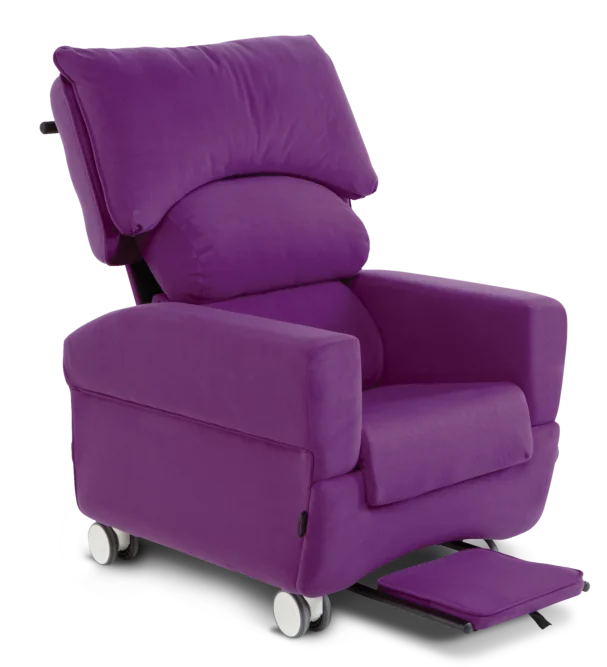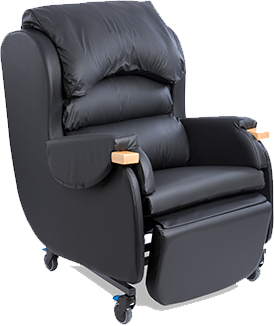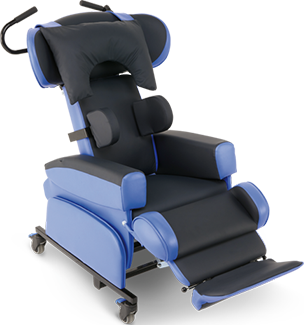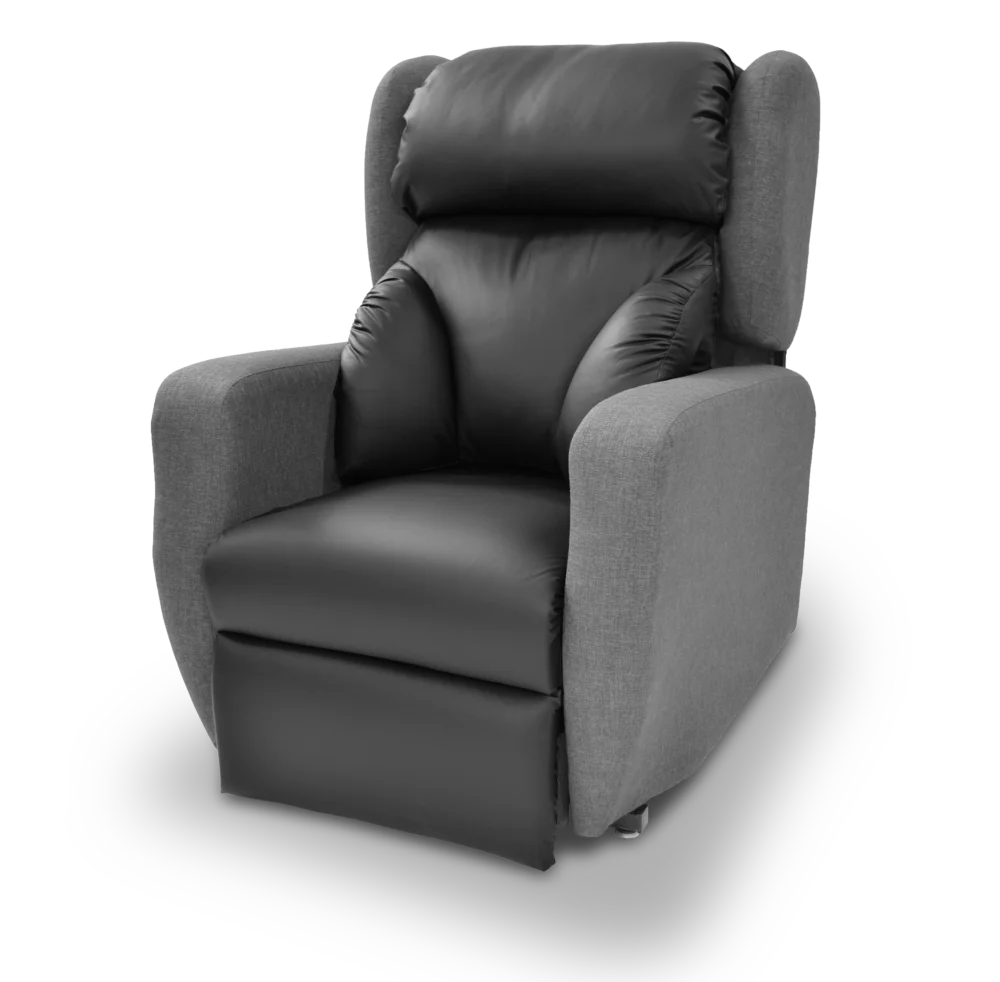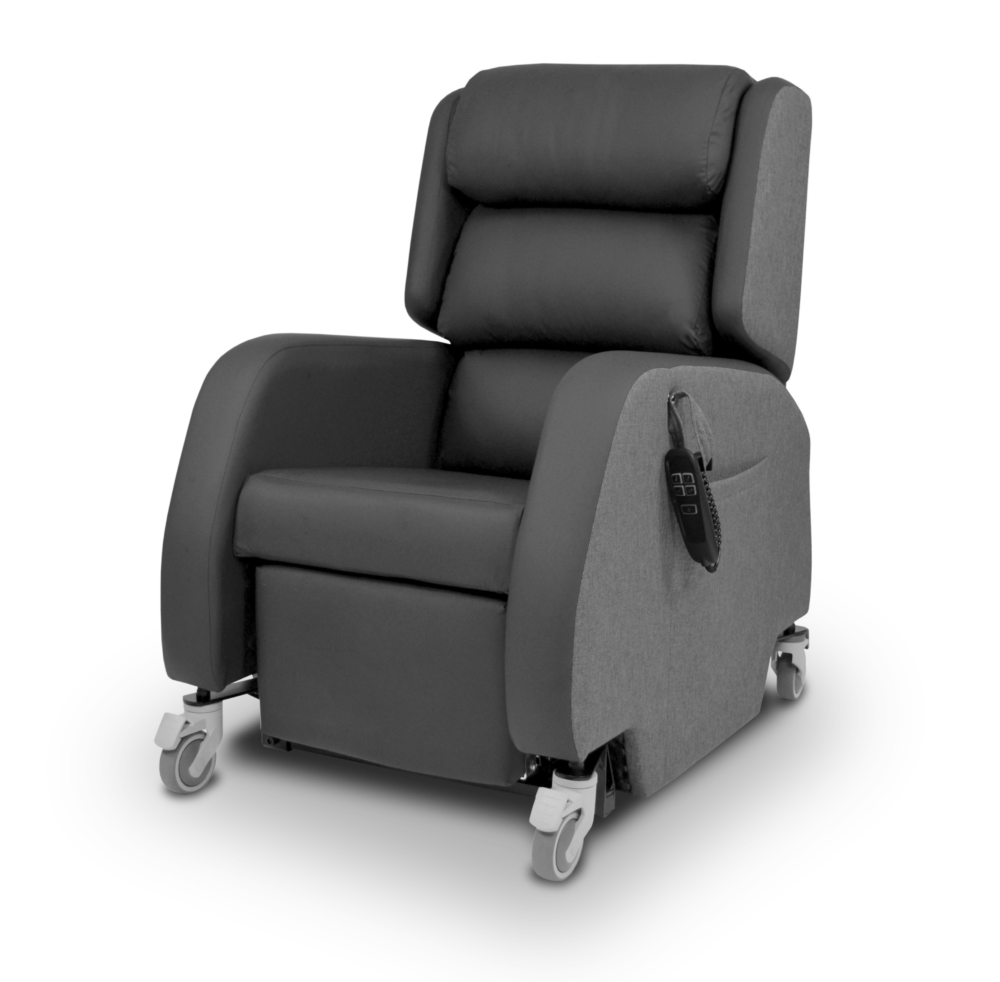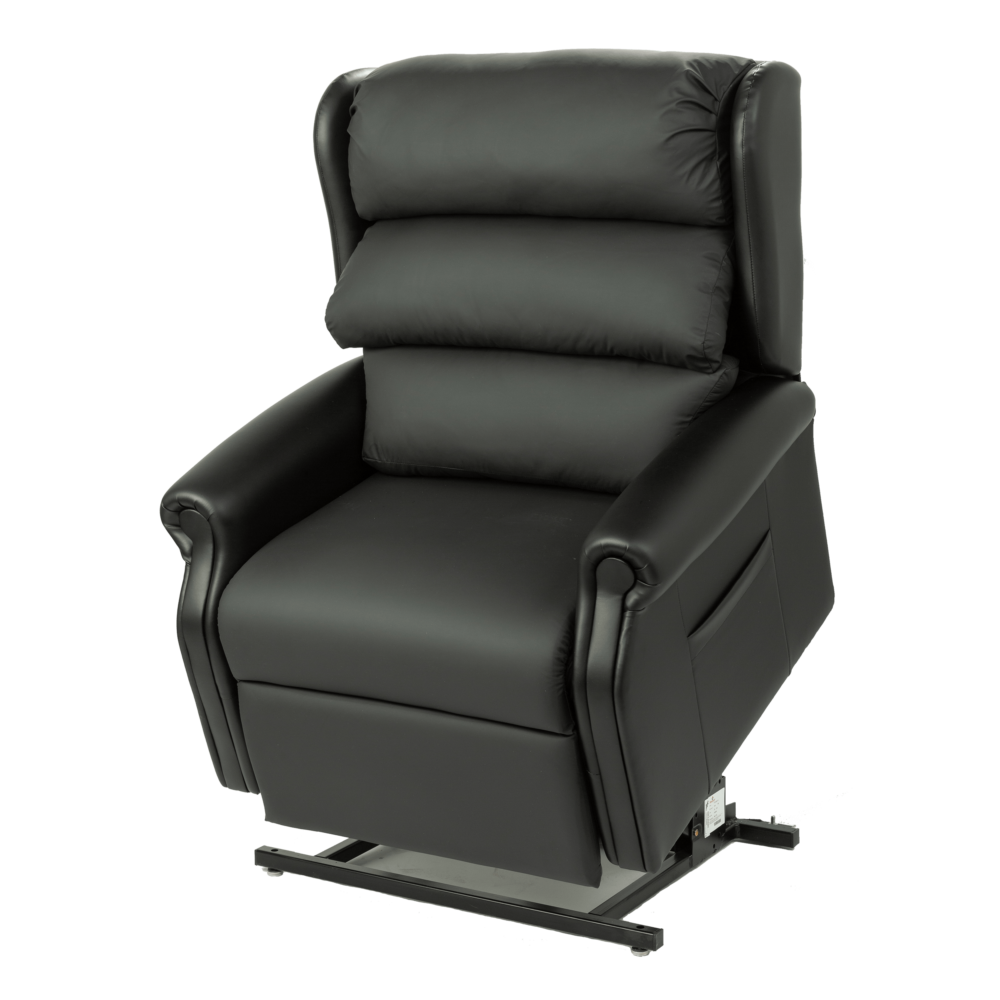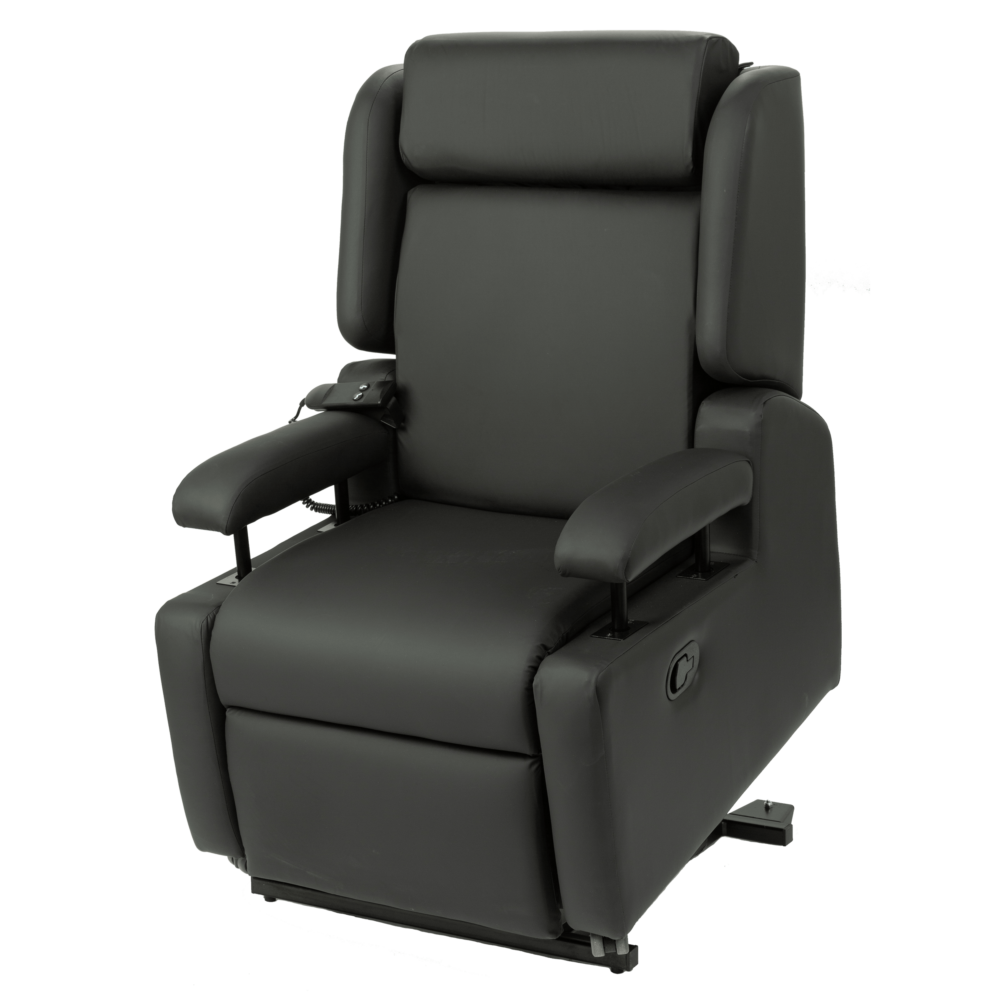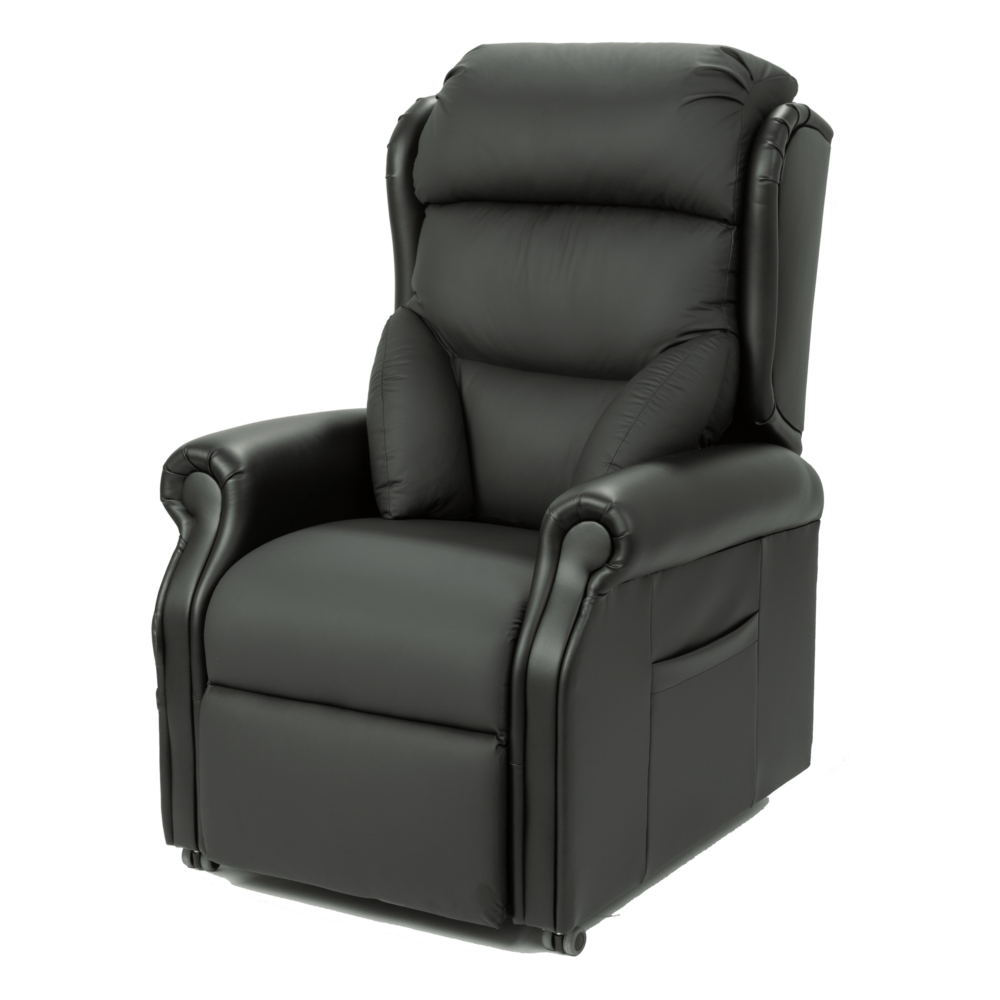What is windsweeping?
A windswept deformity is identified by the abduction and external rotation of one hip with the adduction and internal rotation of the other. It is termed according to which side of the body the lower limbs are windsweeping; they give the impression that they have been ‘swept’ away together to one side of the chair.
This postural challenge can be associated with pelvic obliquity with a scoliosis, pelvic rotation with a spinal rotation, and posterior pelvic tilt.
Unmanaged, windsweeping can result in an increased pressure injury risk, especially in the groin region, and overall postural deterioration.
What can cause a windswept deformity?
Windsweeping is often seen in individuals that are non-ambulant with cerebral palsy and osteochondritis dissecans. It can also be caused by hip dislocation or subluxation, joint weakness, or contractures.
Inappropriate seating that doesn’t provide adequate support and alignment can also impact on windsweeping, such as seat depth being too shallow, seat width being too wide, seat height being too low, or leg rest length being too short.
Are there any seating solutions that can help?
It is important to ascertain during the seating assessment whether the windsweeping is correctable or fixed. A fixed windswept deformity should not be corrected as this can cause undue pain. If the posture is flexible then the seating goal should be to correct the windsweeping gradually whilst addressing associated postural challenges. Seating solutions include:
- Pommels, which may need to be off-set
- Contoured cushions
- Ensuring correct chair set-up and dimensions for overall presentation; an increased seat width may be indicated
- Ensuring back angle recline and leg rest angle accommodates any contractures; a negative angle leg rest may be indicated
- A tailored seating solution for complex postures, such as a split leg rest for unequal knee range of movement

